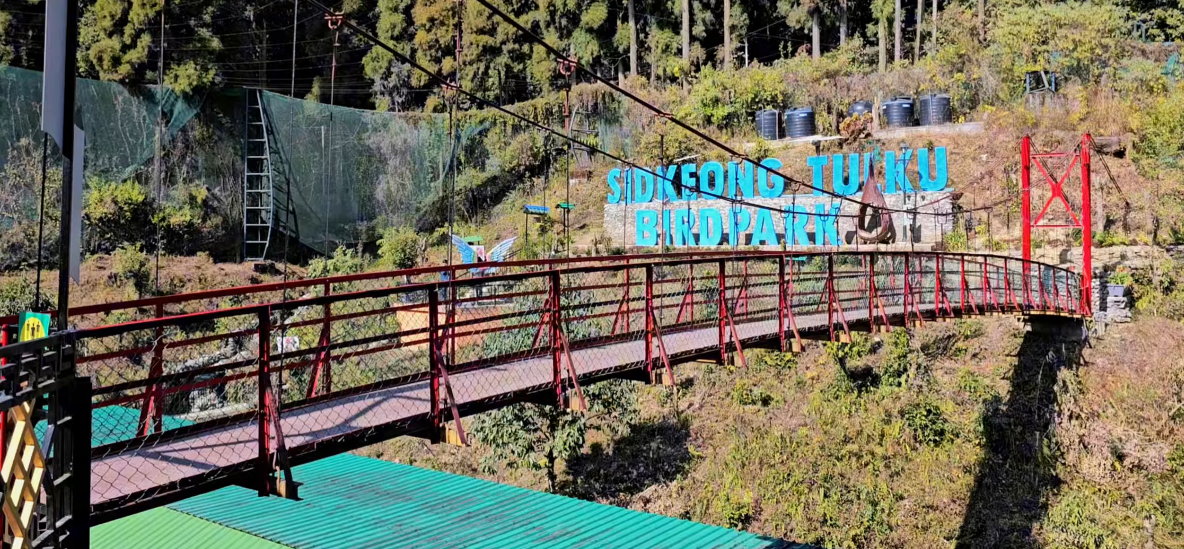Sohra Tourist Spot In Cherrapunjee Meghalaya Tourism 2024
Sohra Tourist Spot In Cherrapunjee Meghalaya Tourism 2024: Sohra is a small town situated on the southern edge of the Khasi Hills, a dissected plateau at an altitude of about 4823 feet (1484 m) above sea level. The meteorological observatory is located at 4267 feet (1313 m) above MSL. Cherrapunji is known locally and now officially as ‘Sohra’. Khasi people of Mon-Khmer origin live in it.
Geographic Location and Climate
Cherrapunji/Sohra is the headquarters of the Sohra civil sub-division and falls in the East Khasi Hills district of the Indian state of Meghalaya. Meghalaya is one of the seven states in northeast India, bordered by Assam to the north and sharing an international border with Bangladesh to the south.
As one moves north from the Bay of Bengal towards the plains of Bangladesh located almost at sea level, the Khasi Hills burst suddenly from the flat land to a height of about 4500 feet above MSL. Cherrapunji lies directly in the path of the southwest monsoon known as the Indian summer monsoon/Asian summer monsoon.
Rainfall Phenomenon
The deep valleys around Cherrapunji help funnel and collect low-flying rain clouds over Cherrapunji. The upward-moving rain clouds cool rapidly as they reach higher altitudes, condense, and cause flooding in Cherrapunji. The cooling process is aided by the flow of cold air from the north and northeast to the south in the upper atmosphere from the Himalayan ranges.
This incident can be seen around 10 pm. Or later at night during the monsoon months. Then in the early morning, as the sun’s rays warm the hills, the light breeze makes way for clouds stuck in the valleys and hanging low over the plains of Sylhet.
Most of Cherrapunjee’s rain is the consequence of air being lifted as a large body of water vapour. A major part of the rainfall recorded can be attributed to the orographic features of the Khasi Hills here.
Rainfall Statistics
The heavy rainfall area indicated by Cherrapunji is estimated to extend over about 100 to 200 square km. Compare this with the heavy rainfall area of only 5 square km of Mount Waialeale in Hawaii (USA), which is in the middle of the ocean. Cherrapunji is about 400 km inland from the Bay of Bengal in the Indian Ocean and is home to more than 25,000 people.
The average annual rainfall in Cherrapunji over 1973–2020 (48 years) is 11,621.0 mm (38.12 ft – 457.51 inches). In 1974, there was 24,555.3 mm (i.e. 80.56 feet – i.e. 966.74 inches) rainfall. The rainfall in Cherrapunji in 1974 is the highest annual rainfall recorded at any one place in any one year in the entire world. On 16 June 1995, 1563 mm (i.e. 5.12 ft) of rainfall fell in 24 hours – the highest rainfall ever recorded at a single location in a single day.
Cherrapunji receives 98% of the annual rainfall in just eight months from March to October. There is negligible or no rainfall in November, December, January, and February. Rain during these usually dry months is mostly caused by cyclonic depressions in the Bay of Bengal. Almost all the rainfall in the Cherrapunji, Mawsynram, and Pinursla areas drains into the flood plains of Sylhet, Bangladesh. During the dry season, these flood plains produce bountiful crops of paddy every year from the freshly deposited rich alluvial soil. Thus the Sylhet flood plain is called the granary of Bangladesh.
Mount Weiali receives approximately equal rainfall across all 12 months, about 800 mm a month. Cherrapunji receives an average rainfall of 2,470.8 mm in June and 2,999.9 mm in July. Rainfall in July 1974 was 8,204.7 mm. In July 2004, 5014.6 mm of rain fell, causing floods in Bangladesh. Cherrapunji receives 47.5% of the total annual rainfall in June and July.
Related Article: Tinchuley Homestay And Complete Travel Guide 2024










